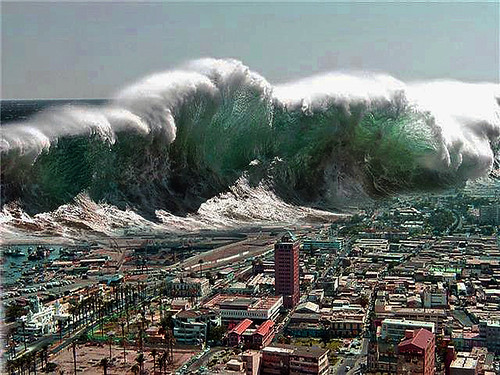Clint Eastwood and Calvin Klein are names applied to fictional Marty McFly in Back To The Future .
As a Seinfeld fan, I know that Art Vandelay is a pseudonym used by George Costanza.
On TV's Breaking Bad, Heisenberg is the pseudonym taken by Walter White, and in the series prequel, Better Call Saul, Saul Goodman is the name taken by James "Jimmy" McGill.
On TV's long running series Doctor Who, the protagonist is known simply as The Doctor.
Do you remember The Shadow (Lamont Cranston) from the classic radio series?
TV Trivia: Who took the pseudonyms Regina Phalange and Ken Adams? It was Phoebe Buffay and Joey Tribbiani on Friends.
Do you know Lord Voldemort's "real" name? Tom Marvolo Riddle is the character's name in the Harry Potter Series.
If you read the James Bond novels or watch the films, you might know that M is Sir Miles Messervy and Q is the code name for Major Boothroyd.
The Scarlet Pimpernel is actually the character Sir Percy Blakeney.
In The Three Musketeers we meet Athos (Armand de Sillègue d'Athos d'Autevielle, Le Comte de La Fère) and d'Artagnan (Charles de Batz-Castelmore), Porthos (Isaac de Porthau, Baron du Vallon de Bracieux de Pierrefonds) and Aramis (Henri d'Aramitz, le Chevalier d'Herblay).
Zorro is the name taken by Don Diego de la Vega.
Mr. Underhill is a name used by Frodo Baggins) in the Lord Of The Rings series.
Comic book characters, especially superheroes, almost always have pseudonyms.
- The Hulk (Dr. Robert Bruce Banner) - Marvel Comics
- Spider-Man (Peter Benjamin Parker) - Marvel Comics
- Black Cat (Felicia Hardy) - Marvel Comics
- Wolverine (Logan, James Howlett) - Marvel Comics
- Captain America (Steven Grant "Steve" Rogers) - Marvel Comics
- Superman (Kal-El / Clark Kent) - DC Comics
- Wonder Woman (Princess Diana of Themyscira / Diana Prince) - DC comics
- Batman (Bruce Wayne) - DC Comics
- Catwoman (Selina Kyle) - DC Comics and as Patience Phillips in the 2004 film
- Rorschach (Walter Joseph Kovacs) - Watchmen (Alan Moore graphic novel)
- Doctor Octopus (Dr. Otto Gunther Octavius) - Marvel Comics
- The Penguin (Oswald Chesterfield Cobblepot) - DC Comics
- The Riddler (Dr. Edward Nigma) - DC Comics
- Huntress (Helena Wayne) - DC Comics
- Huntress (Helena Bertinelli) - DC Comics
- Batgirl (Barbara Gordon) - DC Comics
- Batgirl (Cassandra Cain) - DC Comics
- The Flash (Jay Garrick) - DC Comics
- The Flash (Barry Allen) - DC Comics
- The Flash (Wally West) - DC Comics
- The Flash (Bart Allen) - DC Comics






